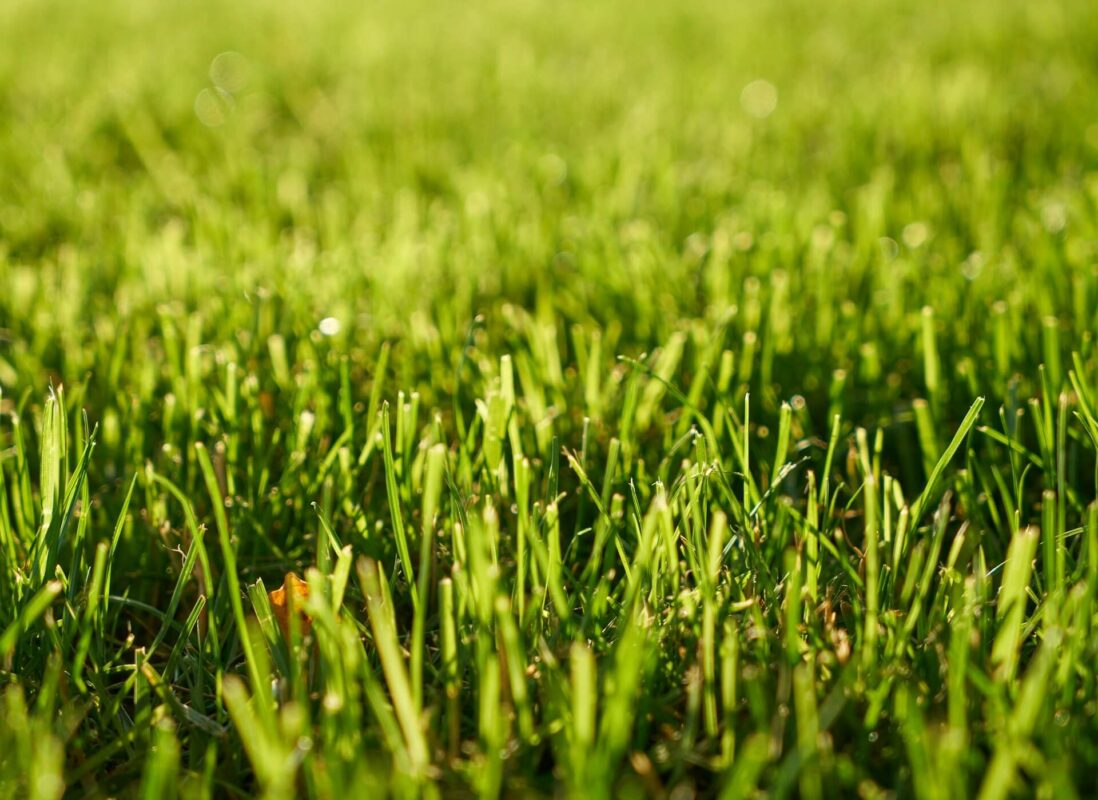The Many Faces of Small (Salad) Burnet

Whenever I do a plant blog I like to check a couple of the top listed blogs to get a feel of what has been repeated again and again and what has been left out. When I did this with salad burnet I found that much of the growing information was contradictory from one source to another. Now this always happens to some extent, but I have never seen it cover so much ground in so many areas. Whether it is size, water preferences, or soil pH there is a different blog that will tell you what you want to hear.
What’s in a Name?
Interestingly enough, if you look under the name “small burnet” you will find much more consensus in the reporting. Why do you think that is? I suspect it is because range and botany people get much of their information from USDA reports or from the original science that the USDA used to make its reports. It is also very important that range managers know that the seed they spread is likely do well in an area without any help. A home gardener or even a small production farm has much more flexibility to adjust their growing conditions than a wildlands area ever will.
Excellent Forage Potential for Livestock & Wildlife
There is also a great division on listed uses for wildland and listed uses for gardeners. For ranges, small burnet is an all around good forage. Deer, elk, antelope, and sheep all do well foraging small burnet. Grouse and other birds eat both the forage and the seeds. The only domesticated animal I have seen small burnet listed for is sheep, but after a quick check I could not find small burnet being listed as toxic for anything. This means that with a slow introduction and a good observation period, small burnet is likely to be good food for any animal that will take it. This is likely true for pigs, rabbits, chicken, and any other herbivore you can think of.
Useful and Tasty in the Home Garden
Salad burnet is a great plant to help solve the problem of getting out in the spring, tilling the soil to a fine dust, planting vegetable seed, ripping it all out in the fall, and then doing it all again the next year. There are times to work that hard, but I don’t want to be a slave to it. Salad burnet is one of the ways to not be a slave of your garden. This is because salad burnet is a great tasting perennial green. The new leaf growth is often said to have a mild cucumber flavor. It has been used for salads, drinks, seasoning, and even medicinally. Just keep in mind; the newer leaves are the ones that have the best texture and taste.
Growing Small Burnet
Burnet can be grown in a variety of soils, so long as they are well drained. Salad burnet is good in USDA zones 4-8 and takes pH from mildly acid to mildly alkali. The plants are more healthy if they have more that 18 inches of precipitation a year, so if you are in a dryer area you will get better results with some irrigation. Small burnet takes grazing and being cut back very well. If you plan on eating yours, cut it to the ground at the first sign of toughness or bitterness. The plant will soon grow newer tender sweet leaves for you to eat.
I hope you all take the chance to plant this great little plant. It has so much potential value for everyone that I think it deserves a much closer look from all of us!
Manana!

